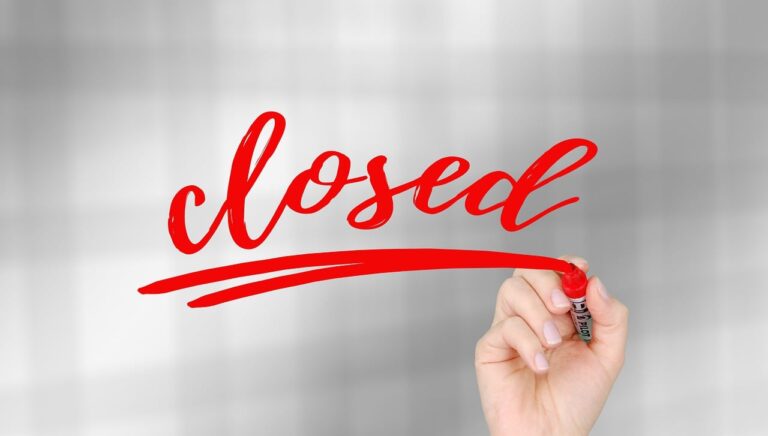Joanne is an ad manager with a common-sense approach to managing her team and their goals. She believes in communication – not micro-management – but real communication on how things are going.

“For years,” she told me, “I often found out at the eleventh hour that something wasn’t going as planned. A crucial email wasn’t sent in time, a proposal was held up by research delays, or an ad deadline wasn’t met. Now, those things can happen to even the best members of an ad team at the best of publications. But it puts everyone in an awkward position and threatens to damage our credibility.
“So, I started relying on a little saying that I heard a long time ago: ‘Say what you’re going to do. Then do it, or renegotiate.’ It has become a catchphrase around the office. Start out with a realistic commitment, by saying what you’re going to do, whether it’s to email certain information to an advertiser by the end of the week, submit a proposal by next Tuesday, or have an ad ready to run by this afternoon. Then do what you committed to do – on time. It sounds simple, but some salespeople get so excited about a sale that they have a tendency to overpromise. That’s where they can get into trouble by thinking they can double their effort and get things done on schedule. The result is often a missed deadline or sloppy proofreading.
“That’s why renegotiating is so important,” Joanne said. “As soon as they know things aren’t going as promised, it’s best to go back to the other person and say something like, ‘I’m sorry the proposal I promised by next Tuesday has been delayed. I wanted to tell you as soon as I found out, because you have a right to know exactly what’s going on. Let’s talk about some alternatives. Could later next week possibly work for you? That will allow us to gather more complete demographic information and give you a better view of your target audience.’ Notice how the statement ends with a benefit to the other person.
“As a manager,” Joanne explained, “this approach helps me stay up to speed with what is happening with our advertising department. Plus, it shows the team that this kind of situation does not mean failure. It’s just a speedbump along the way. This is much better than waiting until the last minute to tell me, their advertiser or their coworkers.”
There’s a big lesson in Joanne’s philosophy. Transparency is a key principle of business communication. The word itself indicates “seeing through,” such as a window allows us to see what’s on the other side. When we are transparent with other people, we eliminate the window shades of pride and embarrassment which tempt us to wait “one more day” before sharing what we fear could be interpreted as bad news.
While bad news is not happy news, this technique can help keep the lines of communication – and customer relations – open.
Copyright 2022 by John Foust. All rights reserved.
John Foust has conducted training programs for thousands of newspaper advertising professionals. Many ad departments are using his training videos to save time and get quick results from in-house training. E-mail for information: john@johnfoust.com



